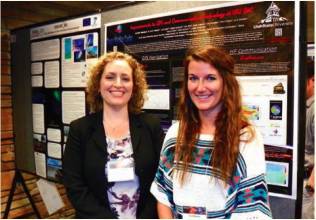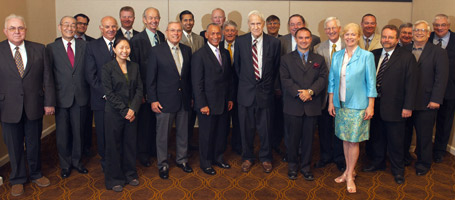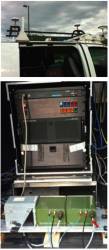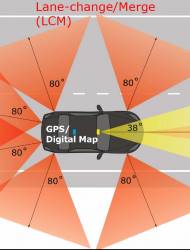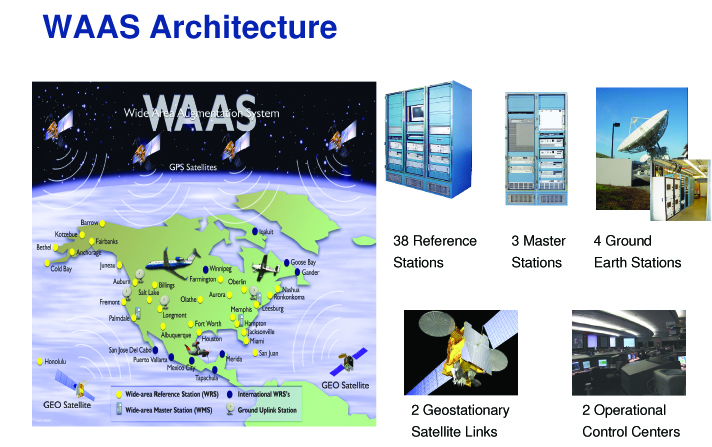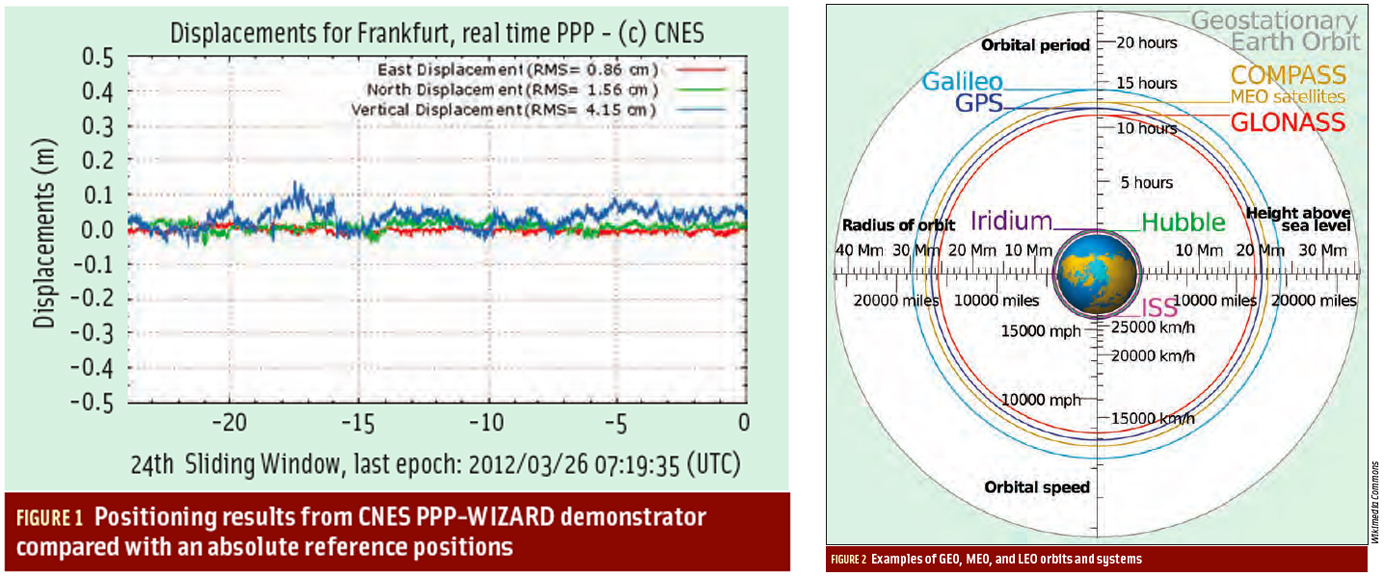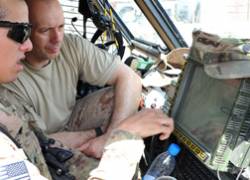Hemisphere GPS Seeks to Spin Off OEM GNSS Business, Move HQ to Kansas

[Updated November 17, 2012] Hemisphere GPS, the latest incarnation of a home-grown Canadian company, has announced plans to close its Calgary, Alberta, headquarters and exit the OEM GNSS business, and is currently seeking a buyer for its Precision Products and R&D assets.
By Inside GNSS


